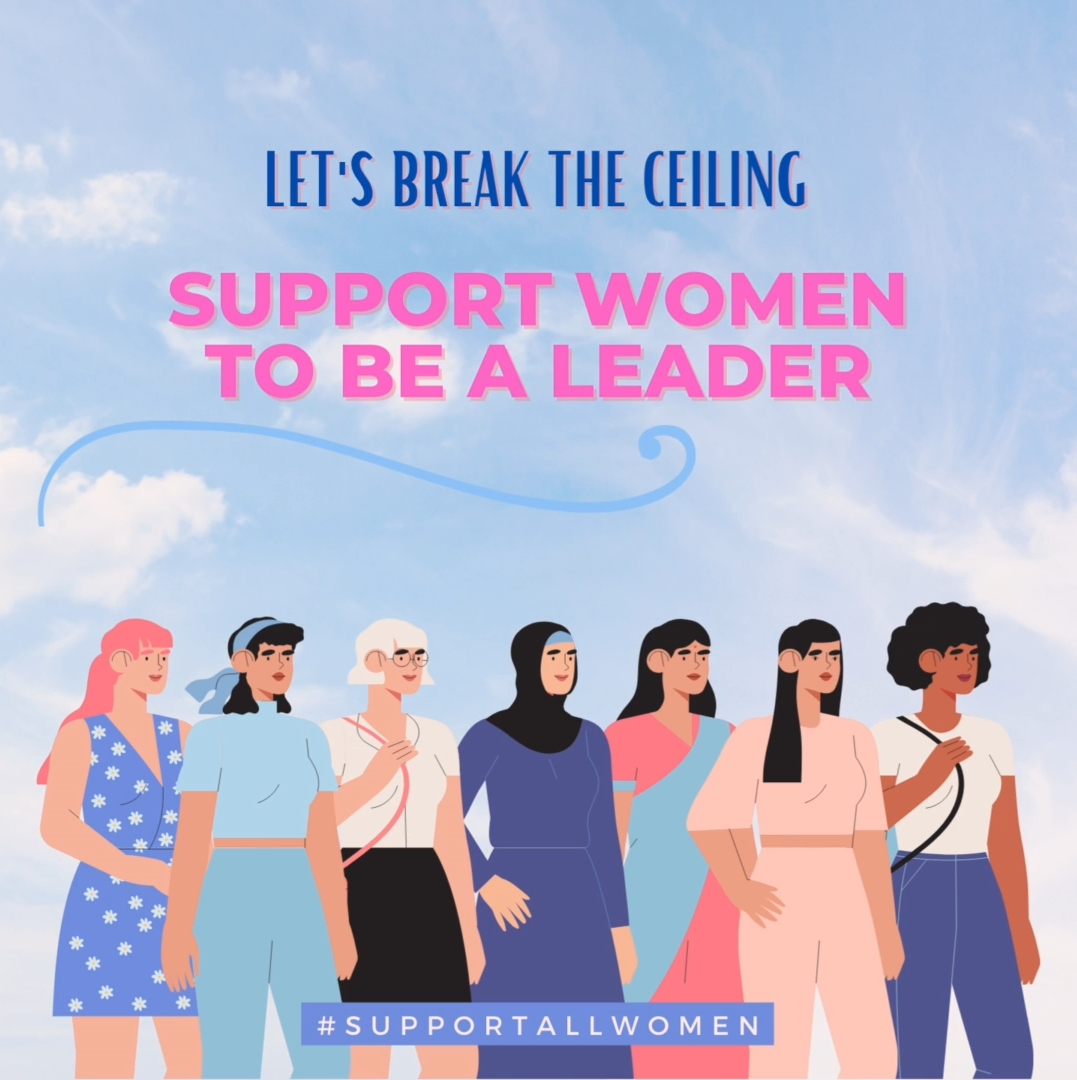
In the European Union, the percentage of female labour force is 46.4 % (the World Bank, 2022). Furthermore, data shows in EU that the share of female part-time workers in total female-employed people aged 15-64, in the third quarter of 2022, was higher (28%) than the share of men (8%), with women representing the highest shares in all occupational categories defined by ISCO (Eurostat, 2023). The number of women in the workplace is high, but there are several challenges they face, one of which is gender bias which is described as prejudiced actions or thoughts based on gender-based perceptions that women are not equal to men in terms of rights and dignity (European Institute for Gender Equality). Gender bias is another barrier that can hinder women from achieving leadership positions. It is no surprise that many women feel they must double their efforts in order to compete with their male counterparts (Forbes.com). Although acceptance of female managers has increased in the last half century, negative attitudes towards female leaders still persist (Eleser and Lever.,2011;Carlson et al., 2006; Heilman, 2001; Heilman et al., 1995).
Women leaders, in particular, can be affected by double-bind bias or the issue of incongruence between what is expected of a leader and what is expected of a woman. Research in psychology has shown that there are two main types of gender biases that affect women, called descriptive and prescriptive biases (Forbes.com). Descriptive bias assesses what women are currently like according to society. On the other hand, prescriptive bias assesses how society believes women should be (Pikus, 2012). When someone does not conform to prescribed roles and behaviours, they may be punished or penalised. Women, for example, are traditionally expected to be caring, warm, respectful, emotional, sensitive, and so on, and men are expected to be assertive, rational, competent, and objective. So, when it comes to promotions, these traits are sometimes automatically assigned to people according to their gender without detailed information about their personality, so that a man, in general, is assumed to be more suited as a leader. The other side of this prescriptive bias is when a woman does not fit into the role traditionally assigned to her and attempts to claim a traditionally male position are seen as breaking the norm. Thus, when a woman is being assertive, she may be perceived as “rude” and “abrupt”. Therefore, for the same type of leadership behaviour, women may be penalised while men are complimented (Forbes.com).
The International Labour Organization, (2017) in the research note, Breaking down Barriers: Unconscious gender bias in the workplace explains that national employers’ organisations can take an active role in filling the information gap by engaging with their members and the business community to raise awareness of the impact of unconscious gender bias and providing services to help their members reduce it.
Reference :
Elsesser, K. M., & Lever, J. (2011). Does gender bias against female leaders persist? Quantitative and qualitative data from a large-scale survey. Human Relations, 64(12), 1555–1578. https://doi.org/10.1177/0018726711424323
International Labour Organization (ILO), 2017. ACT/EMP Research Note Breaking barriers: Unconscious gender bias in the workplace
Pikus, Krista. (2012). Identifying Gender Bias in College Culture: Descriptive and Prescriptive Stereotypes, Hostile and Benevolent Sexism, and Cognitive Justification. Miami University
More information about the project https://break-the-ceiling.eu/
#womenequality #breaktheceiling #supportwomen #erasmus #leadership #nogenderbias #womensupportwomen

